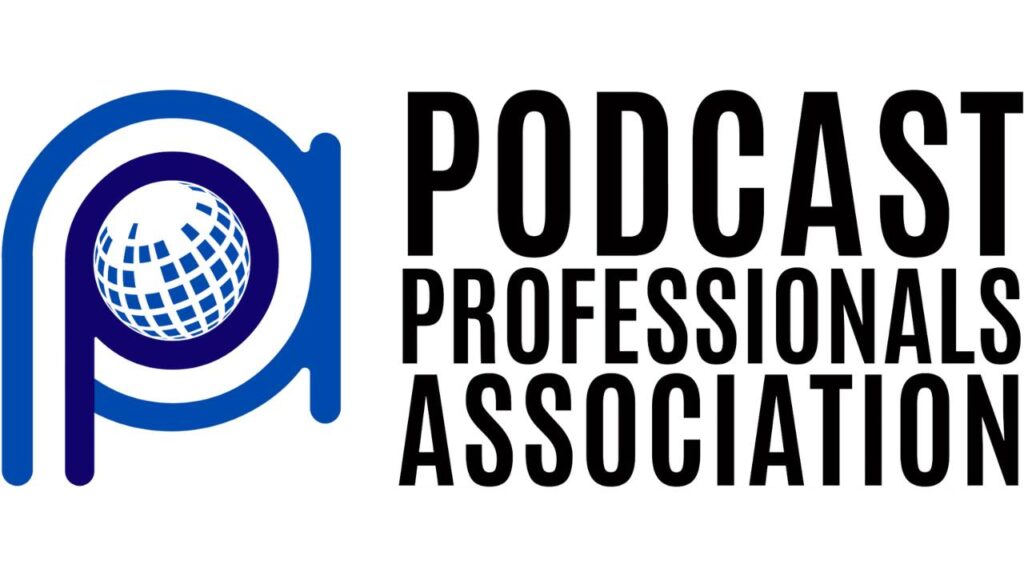
Where Family and Business Collide
Running a small business is hard. Running a small family business? That’s leadership on hard mode.
Every family business begins with a dream, independence, legacy, purpose. It’s a chance to build something together, to create opportunity across generations, to weave work and love into the same story. But somewhere between Sunday dinner and the quarterly review, the lines blur. Emotions mix with decisions. Loyalty collides with logic. Leadership becomes less about management and more about mediation.
As a strategic leadership coach and consultant, I’ve worked with dozens of small family-owned enterprises. from multi-generational service companies to niche training and adventure-based organizations, and I’ve seen a universal truth: what makes family businesses strong is also what makes them struggle.
I spent more than four years studying family buisness succession for my doctorate program and I learned quite a bit about leadership. In this article, we’ll explore the most common leadership challenges facing small family businesses today, and how to overcome them without losing what makes these organizations so uniquely human.
1. The Power, and the Peril, of Passion
Most family businesses start from passion: a craft, a skill, or a shared vision. That passion fuels the early years, when long hours and lean margins are sustained by love for the work. But as the business grows, passion can morph into possession, an emotional attachment that makes it hard to adapt, delegate, or let go.
Leaders in family enterprises often see their business as an extension of themselves. Every decision feels personal, every critique feels like rejection. That intensity can stifle innovation and create friction with the next generation.
Leadership solution: Passion needs structure. The healthiest family businesses formalize roles, decisions, and boundaries early on. Create clear job descriptions, even for family members. Establish professional accountability systems. The goal isn’t to dampen the fire, it’s to make sure it doesn’t burn down the house.
2. The Founder’s Dilemma: When Legacy Becomes Limitation
Founders are visionaries. They take the risks others won’t. They make the sacrifices others can’t. But sometimes, that same determination becomes a barrier to succession. Many small businesses fail to transition because the founder can’t release control, even to their own family.
The result? Stalled innovation, frustrated successors, and intergenerational tension.
Leadership solution: Legacy isn’t about ownership, it’s about stewardship.
Great leaders build organizations that outlive them. That means developing a culture of shared ownership and mentoring the next generation into true leadership roles, not just symbolic ones.
Ask yourself:
What systems can run without me?
Who am I actively preparing to lead when I step aside?
Am I mentoring successors or managing them?
Legacy thrives when founders redefine success as continuity, not control.
3. Nepotism vs. Meritocracy: The Hidden Tension
In family businesses, hiring “one of our own” feels natural, it’s a built-in trust system. But favoritism, even when unintentional, erodes credibility with non-family employees. When promotions are seen as inherited rather than earned, morale and performance decline.
This is one of the most common leadership struggles in family-run organizations: balancing loyalty with merit.
Leadership solution: Define performance standards that apply equally to everyone.
Create transparent evaluation systems.
Use external advisors or HR consultants for impartial input.
Encourage open feedback between family and non-family team members.
When family members must meet the same (or higher) expectations as everyone else, it builds respect, and protects both the business and the family reputation.
4. Communication Breakdowns: Conversations That Stay at the Dinner Table
In a family business, communication challenges aren’t just professional, they’re personal. Long-standing family dynamics (birth order, sibling rivalries, unspoken grudges) often bleed into the workplace. A simple disagreement over marketing strategy can reignite childhood patterns of competition or control.
Leadership solution: Separate personal and professional communication channels.
Use structured business meetings for business topics, not the dinner table.
Establish regular, agenda-driven leadership sessions.
Bring in a neutral facilitator or coach for high-stakes conversations.
Family members must learn to communicate as colleagues during work hours, and as relatives outside them. It sounds simple, but this discipline prevents emotional overflow and helps preserve both relationships and results.
5. Role Confusion: Who’s Really in Charge?
Small family businesses often operate on informal structures. Titles blur, responsibilities overlap, and decision-making becomes ambiguous. One person handles everything, while others “help out.” Over time, this creates frustration, burnout, and power struggles.
Leadership solution: Clarity equals harmony.
Every role, even in a family of three, needs definition. Identify:
Who makes final decisions in each domain (operations, finance, HR, strategy).
Who manages people vs. who supports functions.
Who speaks for the company in external communications.
A good rule of thumb: If you can’t write it down, you can’t lead it.
Formalizing leadership structures doesn’t diminish family trust; it reinforces it.
6. Generational Transitions: The Succession Trap
Succession is the defining test of every family enterprise. Research shows that less than 30% of family businesses survive into the second generation, and fewer than 12% into the third. The reason isn’t market failure, it’s leadership failure.
Younger generations often bring fresh ideas, new technology, new branding, new ways of doing business, but the older generation’s identity is tied to the company’s traditions. The resulting tension can stall growth and damage relationships.
Leadership solution: Plan succession as a process, not an event.
Begin transition conversations at least five years before any planned handover.
Define measurable milestones for leadership transfer.
Encourage reverse mentorship, the younger generation teaching digital strategy or social innovation while learning wisdom from experience.
Succession isn’t about replacement; it’s about renewal.
7. Emotional Decision-Making: When Love Clouds Logic
In family businesses, decisions often come from the heart instead of the head. While empathy is a leadership strength, unchecked emotion can lead to poor financial judgment, keeping unproductive employees (because they’re relatives), avoiding conflict (to “keep peace”), or refusing change (to protect tradition).
Leadership solution: Balance empathy with evidence.
Use objective data to inform decisions, financial reports, customer feedback, employee surveys.
Establish a small advisory board with external members for perspective.
Adopt a “24-hour rule” before making emotionally charged decisions.
Emotional intelligence is crucial, but emotional discipline is what sustains leadership.
8. Burnout and Boundaries: When Work Never Ends
For most families, home is a place to escape work. For family business owners, work follows them home. Discussions about clients, cash flow, and strategy spill into every meal, vacation, and holiday. Over time, that erodes relationships and fuels exhaustion.
Leadership solution: Protect boundaries as fiercely as profits.
Designate “no-business zones” (times or spaces where work talk is off-limits).
Take real time off, even if it means closing shop for a few days.
Encourage separate hobbies, interests, and identities outside of work.
As I often tell my coaching clients, “If the family fails, the business follows.” Healthy leaders create space to recharge, not just for themselves, but for everyone involved.
9. The Next Generation Challenge: Balancing Innovation and Respect
When the younger generation steps in, they often bring ambition, creativity, and risk-taking, qualities the business needs to evolve. But they also face skepticism: “You haven’t earned your stripes.”
Meanwhile, the older generation may feel undervalued or replaced. Without careful transition, this becomes a battle of egos instead of a collaboration of eras.
Leadership solution: Build bridges, not silos.
Involve multiple generations in decision-making.
Create mentorship structures that go both directions.
Celebrate shared goals and the company’s evolving identity.
The best family businesses blend experience with innovation. The key is humility on both sides, wisdom without control, enthusiasm without rebellion.
10. The Leadership Identity Crisis
In many small family businesses, leaders wear multiple hats: parent, spouse, sibling, manager, mentor, owner, friend. It’s exhausting, and confusing. When those roles overlap, it’s easy to lose personal identity and direction.
Leadership solution: Redefine leadership as a role, not a relationship.
A family business leader must consciously shift between modes, compassionate parent at home, decisive executive at work. This requires self-awareness and clear mental boundaries.
Regular leadership coaching or peer advisory groups can help maintain perspective. As I remind clients in my leadership programs: You can’t pour from an empty cup. The leader’s clarity determines the family’s stability.
11. When to Bring in Help
One of the hardest moments for any family business leader is realizing: We can’t fix this alone.
Bringing in a consultant, mediator, or leadership coach isn’t a sign of weakness, it’s a sign of wisdom. External professionals bring structure, objectivity, and proven frameworks for governance, communication, and succession.
In my work with family enterprises, we often start by identifying pain points (communication breakdowns, unclear authority, unspoken conflict) and then implement customized systems, board governance, role charters, decision protocols, that restore balance and respect.
When family businesses embrace outside help early, they avoid crises later.
Family First, Business Second
The strength of a family business lies in its heart, shared values, deep trust, unbreakable bonds. But those same traits can become liabilities without intentional leadership.
Success requires more than hustle or heritage. It requires emotional intelligence, structure, and vision. It means balancing the love that built the business with the leadership that will sustain it.
If you’re leading or working in a family business, remember: you’re not just managing operations, you’re managing relationships, legacy, and identity. And when those are aligned, family businesses don’t just survive, they thrive for generations.










